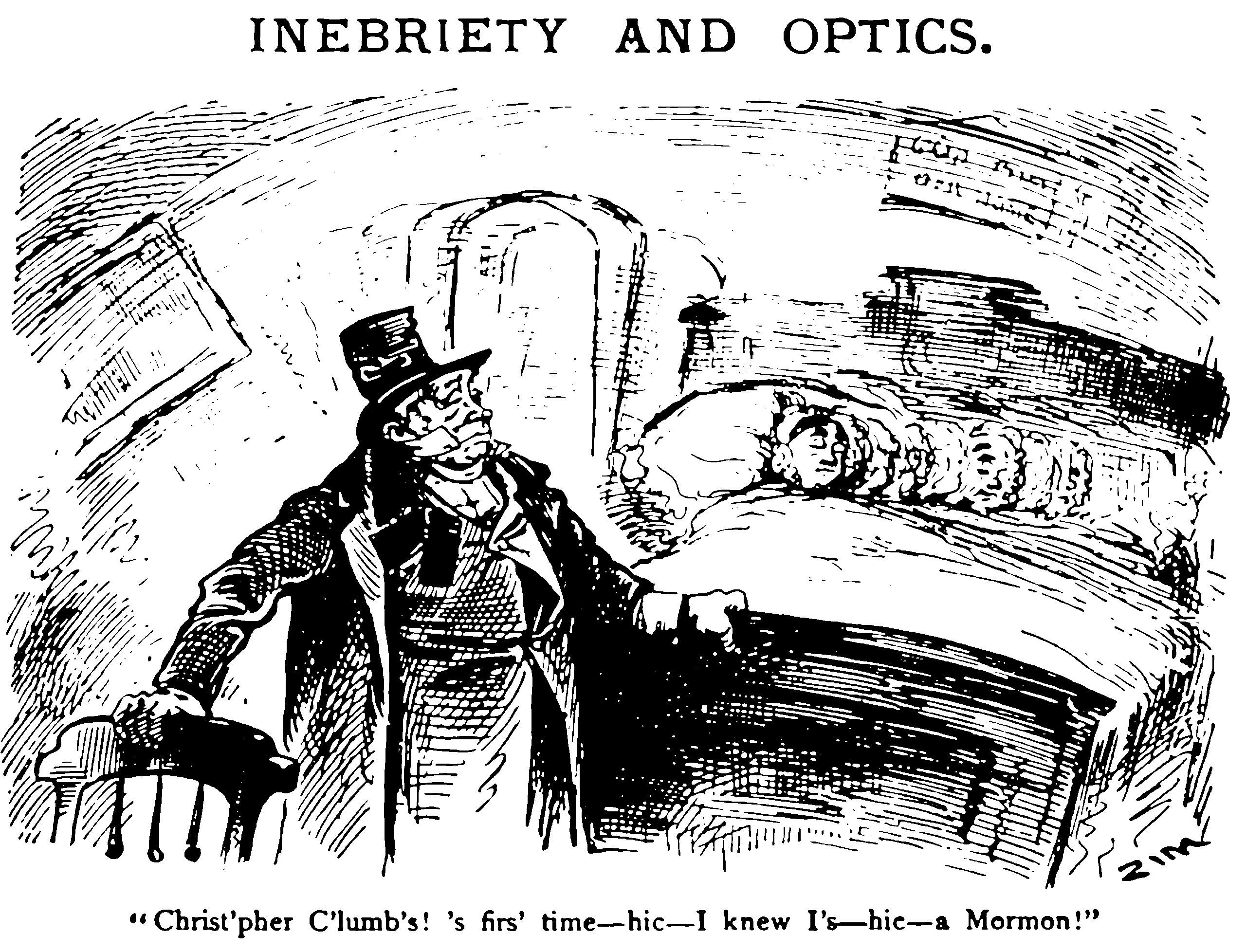Altmann, Henning, and Peterseim. 2021.
“Numerical Homogenization Beyond Scale Separation.” Acta Numerica.
Bao, Chen, Johnson, et al. 2022.
“Physics Guided Neural Networks for Spatio-Temporal Super-Resolution of Turbulent Flows.” In
Proceedings of the Thirty-Eighth Conference on Uncertainty in Artificial Intelligence.
Candès, and Fernandez-Granda. 2013.
“Super-Resolution from Noisy Data.” Journal of Fourier Analysis and Applications.
Chan, Cherukara, Narayanan, et al. 2019.
“Machine Learning Coarse Grained Models for Water.” Nature Communications.
Cranmer, Brehmer, and Louppe. 2020.
“The Frontier of Simulation-Based Inference.” Proceedings of the National Academy of Sciences.
Cutajar, Pullin, Damianou, et al. 2019.
“Deep Gaussian Processes for Multi-Fidelity Modeling.” arXiv:1903.07320 [Cs, Stat].
Fukami, Fukagata, and Taira. 2023.
“Super-Resolution Analysis via Machine Learning: A Survey for Fluid Flows.” Theoretical and Computational Fluid Dynamics.
Kennedy, Marc C., and O’Hagan. 2001.
“Bayesian Calibration of Computer Models.” Journal of the Royal Statistical Society: Series B (Statistical Methodology).
Kochkov, Smith, Alieva, et al. 2021.
“Machine Learning–Accelerated Computational Fluid Dynamics.” Proceedings of the National Academy of Sciences.
Kuleshov, Enam, and Ermon. 2017. “Audio Super-Resolution Using Neural Nets.” In Proceedings of International Conference on Learning Representations (ICLR) 2017.
Ledig, Theis, Huszár, et al. 2017.
“Photo-Realistic Single Image Super-Resolution Using a Generative Adversarial Network.” In
2017 IEEE Conference on Computer Vision and Pattern Recognition (CVPR).
Medan, Yair, and Chazan. 1991.
“Super Resolution Pitch Determination of Speech Signals.” IEEE Transactions on Signal Processing.
Meng, Babaee, and Karniadakis. 2021.
“Multi-Fidelity Bayesian Neural Networks: Algorithms and Applications.” Journal of Computational Physics.
Perdikaris, P., Raissi, Damianou, et al. 2017.
“Nonlinear Information Fusion Algorithms for Data-Efficient Multi-Fidelity Modelling.” Proceedings of the Royal Society A: Mathematical, Physical and Engineering Sciences.
Perdikaris, P., Venturi, Royset, et al. 2015.
“Multi-Fidelity Modelling via Recursive Co-Kriging and Gaussian–Markov Random Fields.” Proceedings of the Royal Society A: Mathematical, Physical and Engineering Sciences.
Pestourie, Mroueh, Rackauckas, et al. 2022.
“Physics-Enhanced Deep Surrogates for PDEs.”
Raissi, and Karniadakis. 2016.
“Deep Multi-Fidelity Gaussian Processes.” arXiv:1604.07484 [Cs, Stat].
Razavi, Tolson, and Burn. 2012.
“Review of Surrogate Modeling in Water Resources.” Water Resources Research.
Saharia, Chan, Chang, et al. 2022.
“Palette: Image-to-Image Diffusion Models.” In
ACM SIGGRAPH 2022 Conference Proceedings. SIGGRAPH ’22.
Shen, and Shen. 2024.
“PSRFlow: Probabilistic Super Resolution with Flow-Based Models for Scientific Data.” IEEE Transactions on Visualization and Computer Graphics.
Tu, Rowley, Luchtenburg, et al. 2014.
“On Dynamic Mode Decomposition: Theory and Applications.” Journal of Computational Dynamics.
Wang, Chulin, Bentivegna, Zhou, et al. 2020. “Physics-Informed Neural Network Super Resolution for Advection-Diffusion Models.” In.
Wang, Jiang, Olsson, Wehmeyer, et al. 2019.
“Machine Learning of Coarse-Grained Molecular Dynamics Force Fields.” ACS Central Science.
White. 2021.
“Deep Learning for Molecules and Materials.” Living Journal of Computational Molecular Science.
Wurster, Guo, Shen, et al. 2023.
“Deep Hierarchical Super Resolution for Scientific Data.” IEEE Transactions on Visualization and Computer Graphics.

